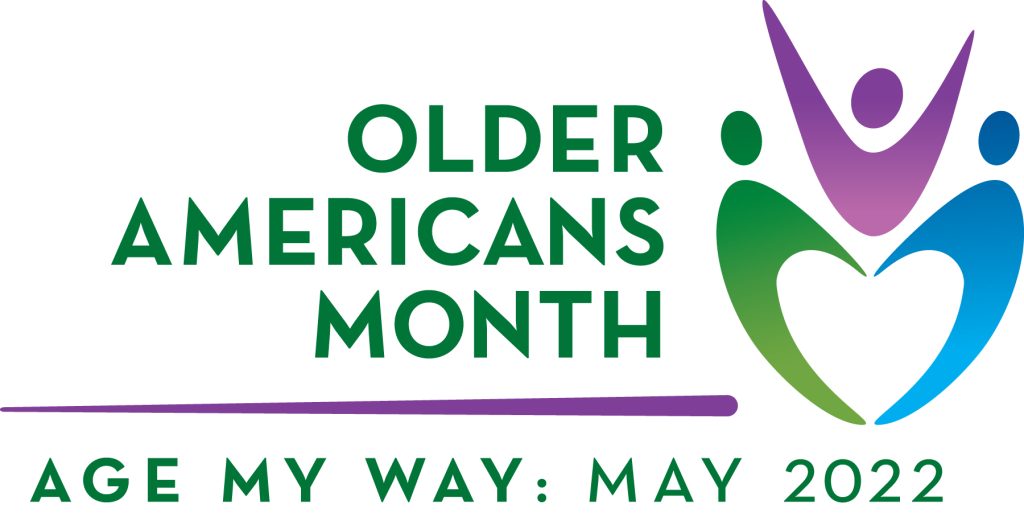May is Older American’s Month, a time to honor the contributions of vital adults and their growing influence.
An average of 10,000 Baby Boomers turn 65 years old every day, seven people every minute. By 2060, a full 25% of America’s population is expected to be over the age of 65.
This demographic shift is often called the “Silver Tsunami,” a term some people view as ageist or negatively. Despite the COVID-19 pandemic, life expectancy has increased significantly for Americans, with many adults remaining employed, active and healthy into their 70s and 80s.

Like a real tsunami, the devastation of a massive natural disaster can be mitigated with advance warning and effective planning. To accommodate the changes created by this shifting demographic, here are key areas that need real solutions to meet seniors’ needs.
Pandemic Impacts on the Senior Workforce
The pandemic’s impact among older workers is well documented. When the shutdowns happened in March 2020, 6.2 million American workers were pushed out of the workforce. By September of that same year, more Baby Boomers had retired in the previous 12 months than in any year since the first Boomers reached the age of 65, according to a Pew Research report. A survey by Fidelity Investments found more than one-fifth of those within 10 years of retirement also left the workforce.
Despite this exodus, more than half of all American workers will have to remain in the workforce for an additional two years to get their retirement plans back on track, according to the Fidelity study.
With a much longer life expectancy, some seniors want keep working into their late 60s and even early 70s, but might scale back their hours and need flexibility from their employers to do so.
Here in Muskegon, Oceana and Ottawa counties, the Michigan Center for Employee Ownership reports that 3,131 businesses are owned by individuals over the age of 55. These businesses employ more than 39,000 employees and pump more than $6.26 billion in revenue in the local economy. MiCEO reports very few of these businesses have transition plans for when the owners might like to retire.
Flexible schedules, shorter work weeks and additional wellness programs for aging workers are all options to help keep the workers earning, engaged and financially independent for much longer.
Living Independently at Home
Many aging adults want stay in their home as long as possible, while remaining independent. But, even if they voluntarily downsize, there’s a tremendous need for accessible, barrier-free homes designed to help them do that.
Single-story homes with few or no stairs, wide doorways, non-slip flooring and walk-in showers are in huge demand in a housing market that’s already very short on affordable homes for all generations. Technology upgrades will help with monitoring falls, tele-health options and even medication monitoring, but the homes must be wired and the seniors also need help learning to troubleshoot and use these tools.
Healthcare Needs also Change
Technology at home also will help seniors use tele-medicine and other health-care related changes ushered in by the pandemic. But technology alone will not address the shortage of medical professionals trained to meet the needs of an aging population.
When the Older Americans Act began in 1965, courses on gerontology were five years behind. As a result, over 60% of organizations like AgeWell Services may not have a single person on staff who has taken courses in this special field. At AgeWell, this expertise comes from advisory committees and is often part of system-wide professional development training.
As the numbers of active, aging adults grows, the services they need to help them remain nourished, active, learning and living independently also will grow. AgeWell Services, along with its community partners, will continue to help senior redefine age.
